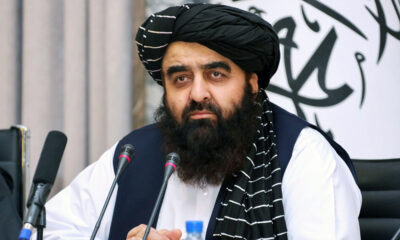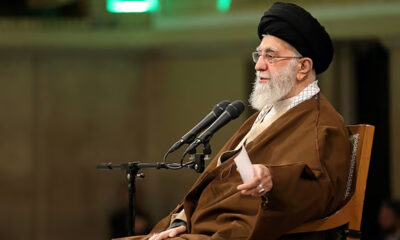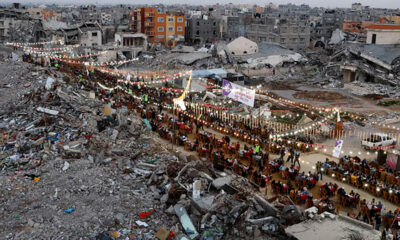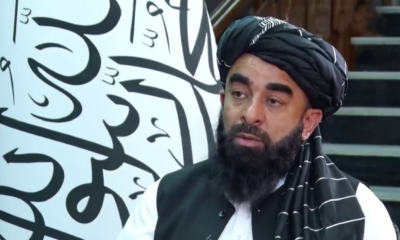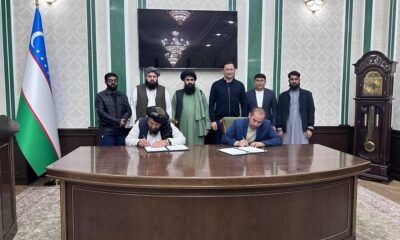World
Israeli strikes kill dozens in Gaza, health officials prepare polio campaign
More than 30 other people were killed in a series of strikes in other areas of Gaza, medics said.
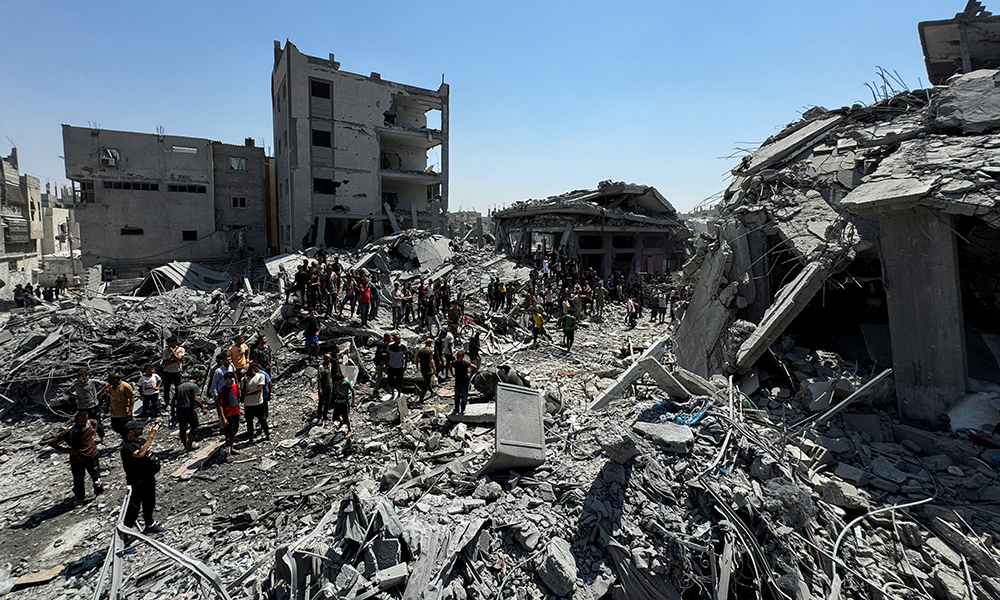
Israeli strikes on Saturday killed at least 48 people in the Gaza Strip, Palestinian health authorities said, as clashes took place in central and southern areas of the enclave ahead of the planned start of a polio vaccination campaign, Reuters reported.
The United Nations is due to start vaccinating some 640,000 children in the territory against polio, relying on daily eight-hour pauses in fighting between Israeli forces and Hamas militants in specific areas of the besieged enclave.
Yousef Abu Al-Reesh, Gaza’s deputy minister of health, said vaccination teams would try to get to as many areas as possible to ensure wide coverage but he said only a comprehensive ceasefire could guarantee enough children are reached.
“If the international community truly wants this campaign to succeed, it should call for a ceasefire, knowing that this virus does not stop, and can reach anywhere,” he told reporters at Nasser Hospital in the southern city of Khan Younis.
On Saturday, medics administered vaccines on some of the children at Nasser Hospital wards in a symbolic move before the official campaign begins, read the report.
The campaign follows confirmation last week that a baby was partially paralysed by the type 2 polio virus, the first such case in the territory in 25 years.
WHO officials say at least 90% of the children need to be vaccinated twice with four weeks between doses for the campaign to succeed, but it faces huge challenges in Gaza, which has been largely destroyed by nearly 11 months of war.
On Saturday, as more than 2,000 medical and community workers prepared for the start of the campaign, medics in Nuseirat, one of the Gaza Strip’s eight historic refugee camps, medics said separate Israeli strikes killed at least 19 people, including nine members of the same family.
More than 30 other people were killed in a series of strikes in other areas of Gaza, medics said.
Residents and militant sources said fighters from Hamas, the Islamic Jihad, and other groups fought against Israeli forces in the northern Gaza Zeitoun neighborhood, where tanks have been operating for days, and in Rafah, near the border with Egypt.
The Israeli military said in a statement it continued to operate in the central and southern Gaza Strip. It said troops killed militants and dismantled military infrastructure in Gaza City, while they located weapons and killed gunmen in Tel Al-Sultan in western Rafah, Reuters reported.
In Khan Younis, in the southern Gaza Strip, families returned to their areas after the army ended a 22-day offensive it said was aimed at preventing Hamas from regrouping. Footage showed large areas were flattened, and buildings and infrastructure were destroyed.
Medics said they recovered at least nine bodies from the area where the army operated.
The latest episode in the decades-old Israeli-Palestinian conflict was triggered on Oct. 7 when Hamas fighters attacked Israel, killing 1,200 and taking about 250 hostages, according to Israeli tallies.
Israel’s subsequent assault on the Hamas-governed enclave has since killed more than 40,600 Palestinians, according to the local health ministry. Nearly the entire Gaza population of 2.3 million has been displaced and the enclave has a hunger crisis. Israel faces genocide allegations at the World Court that it denies.
In the occupied West Bank, Israel forces pushed on with a military operation in the city of Jenin. Drones and helicopters circled overhead while the sound of sporadic firing could be heard in the city.
World
Hundreds killed in Syrian crackdown on Alawite region, war monitor says
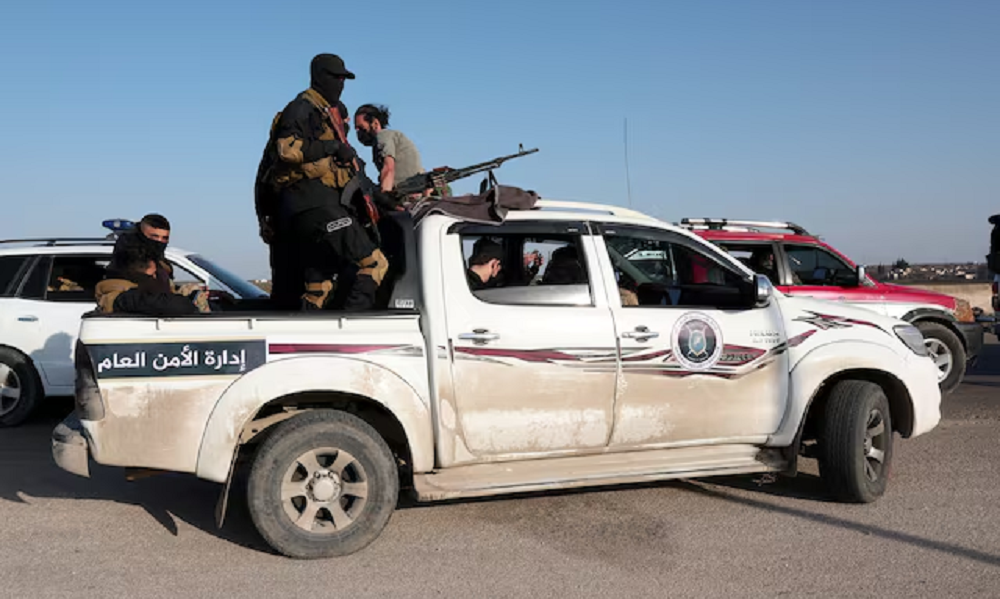
Gunmen and security forces linked to Syria’s new Islamist rulers have killed more than 340 people, including women and children from the Alawite minority, in the country’s coastal region since Thursday, the head of a war monitor said.
Rami Abdulrahman of the Syrian Observatory for Human Rights said the widespread killings in Jableh, Baniyas and surrounding areas in Syria’s Alawite heartland amounted to the worst violence for years in a 13-year-old civil conflict.
The new ruling authority on Thursday began a crackdown on what it said was a nascent insurgency after deadly ambushes by militants linked to former president Bashar al-Assad’s government.
Several dozen members of the security forces have been killed in heavy clashes with militants, a Syrian security official said.
Officials have acknowledged violations during the operation, which they have blamed on unorganized masses of civilians and fighters who sought to support official security forces or commit crimes amid the chaos of the fighting.
A defence ministry source on Saturday told state media that all roads leading to the coast had been blocked to stop violations and help return calm, with security forces deploying in streets of coastal cities.
The source added that an emergency committee set up to monitor violations would refer anyone found not to have obeyed the orders of the military command to a military court.
The reported scale of the violence, which includes reports of an execution-style killing of dozens of Alawite men in one village, puts into further question the Islamist ruling authority’s ability to govern in an inclusive manner, which Western and Arab capitals have said is a key concern.
Assad was overthrown last December after decades of dynastic rule by his family marked by severe repression and a devastating civil war.
Syria’s interim president, Ahmed Sharaa, while backing the crackdown in a televised address late on Friday, said security forces should not allow anyone to “exaggerate in their response… because what differentiates us from our enemy is our commitment to our values.”
“When we give up on our morals, us and our enemy end up on the same side,” he said, adding that civilians and captives should not be mistreated.
Syrian Facebook on Saturday was filled with images and obituaries of people from the coastal area being mourned by family and friends who said they had been killed.
Abdulrahman, a leading critical voice against the Assad-led government who documented its alleged killings for more than a decade, said: “This is not about being pro or against the former Assad regime. These are sectarian massacres that aim to expel the Alawite population from their homes.”
The defence ministry and internal security agency said on Saturday they were trying to restore calm and order and prevent any violations against civilians in the coastal region.
Six residents of the coastal region said thousands of Alawites and Christians had fled their homes since Thursday, fearing for their lives.
Several hundred, mostly women and children and elders, sought refuge at a Russian Mediterranean military base at Hmeimim in Latakia, according to footage from the scene and two people familiar with the matter.
Abdulrahman and four people in the coastal region who spoke on condition of anonymity said killings, looting and burning of homes had continued overnight in Baniyas and in surrounding villages.
Reuters, however, said it cannot independently verify the reports or the assertions.
(Reuters)
World
China hits back at Canada with fresh agriculture tariffs

China announced tariffs on over $2.6 billion worth of Canadian agricultural and food products on Saturday, retaliating against levies Ottawa introduced in October and opening a new front in a trade war largely driven by U.S. President Donald Trump’s tariff threats.
The levies, announced by the commerce ministry and scheduled to take effect on March 20, match the 100% and 25% import duties Canada slapped on China-made electric vehicles and steel and aluminium products just over four months ago, Reuters reported.
By excluding canola, which is also known as rapeseed, and was one of Canada’s top exports to the world’s No.1 agricultural importer prior to China investigating it for anti-dumping last year, Beijing may be keeping the door open for trade talks.
But the tariffs also serve as a warning shot, analysts say, with the Trump administration having signalled it could ease 25% import levies the White House is threatening Canada and Mexico with if they apply the same extra 20% duty he has slapped on Chinese goods over fentanyl flows.
“Canada’s measures seriously violate World Trade Organization rules, constitute a typical act of protectionism and are discriminatory measures that severely harm China’s legitimate rights and interests,” the commerce ministry said in a statement.
China will apply a 100% tariff to just over $1 billion of Canadian rapeseed oil, oil cakes and pea imports, and a 25% duty on $1.6 billion worth of Canadian aquatic products and pork.
“The timing may serve as a warning shot,” said Dan Wang, China director at Eurasia Group in Singapore. “By striking now, China reminds Canada of the cost of aligning too closely with American trade policy.”
“China’s delayed response (to Ottawa’s October tariffs) likely reflects both capacity constraints and strategic signalling,” she added. “The commerce ministry is stretched thin, juggling trade disputes with the U.S. and European Union.”
“Canada, a lower priority, had to wait its turn.”
The Canadian embassy in Beijing did not immediately respond to a Reuters request for comment.
Canadian Prime Minister Justin Trudeau said in August that Ottawa was imposing the levies to counter what he called China’s intentional state-directed policy of over-capacity, following the lead of the United States and European Union, both of which have also applied import levies to Chinese-made EVs.
In response, China in September launched an anti-dumping investigation into Canadian canola imports. More than half of Canada’s canola exports go to China and the trade was worth $3.7 billion in 2023, according to the Canola Council of Canada.
“The investigation on Canadian canola is still ongoing. That canola was not included in the list of tariffs this time might also be a gesture to leave room for negotiations,” said Rosa Wang, an analyst with agricultural consultancy JCI.
Beijing could also be hoping that a change in government in Ottawa makes it more amenable. Canada’s next national election must be held by October 20.
China is Canada’s second-largest trading partner, trailing far behind the United States. Canada exported $47 billion worth of goods to the world’s second-largest economy in 2024, according to Chinese customs data.
“To be honest I don’t understand why they are doing this one at all,” said Even Pay, agriculture analyst at Trivium China.
“I expect Beijing will use the election and change of leader as an opportunity to reset relations as they did with Australia,” she added.
China in 2020 introduced a series of tariffs, bans and other restrictions on key Australian exports, including barley, wine, beef, coal, lobster and timber in retaliation to Canberra calling for a COVID origins probe.
Beijing did not begin lifting the bans until 2023, one year after Australian Prime Minister Anthony Albanese ousted Scott Morrison, who had called for the inquiry.
World
Trump says he will go to Saudi Arabia to reach $1 trillion deal

U.S. President Donald Trump said on Thursday he likely will make his first trip abroad to Saudi Arabia to seal an agreement for Riyadh to invest upwards of $1 trillion in the U.S. economy, including purchases of military equipment.
Talking to reporters in the Oval Office, Trump said he would probably travel there in the next month and a half. He noted that the first overseas trip of his first term was to Riyadh in 2017 to announce Saudi investments estimated then to be worth $350 billion, Reuters reported.
“This time, they’ve gotten richer, we’ve all gotten older,” said Trump.
He said that, at his behest, the Saudis were willing to invest $1 trillion over four years in American companies including purchases of U.S. military equipment.
“And they’ve agreed to do that, so I’m going to be going there, and I have a great relationship with them, and they’ve been very nice,” Trump said.
Saudi Arabia has been taking a more prominent role in U.S. foreign policy. Trump’s Middle East special envoy Steve Witkoff told reporters the Saudis will host a U.S.-Ukraine meeting next week to discuss a ceasefire in the Ukraine war.
In February, Trump met with officials of the PGA Tour and the Saudi-owned LIV Golf about resolving a rift between the two.
Jared Kushner, the president’s son-in-law and Middle East adviser during his first term, started a private equity firm that received $2 billion in Saudi investment after Trump left office. Trump has also recently presided over a string of announcements about companies investing heavily in the U.S. economy including Taiwan Semiconductor Manufacturing and Apple.
-
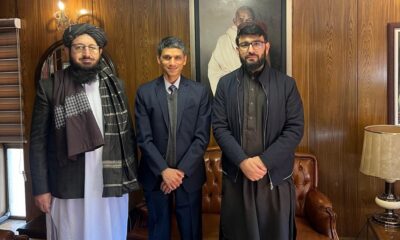
 Latest News5 days ago
Latest News5 days agoAfghan and Indian envoys in Tehran discuss boosting bilateral cooperation
-
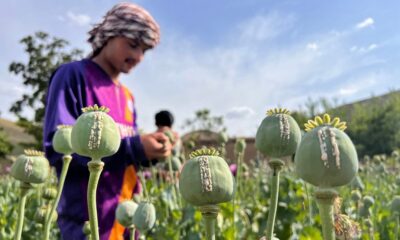
 Latest News5 days ago
Latest News5 days agoIran urges Afghanistan to be more decisive in war on drugs
-

 World4 days ago
World4 days agoTrump welcomes Ukraine’s willingness to sign minerals deal, talk peace
-

 Latest News4 days ago
Latest News4 days agoUNSC to hold meeting on Afghanistan next week
-
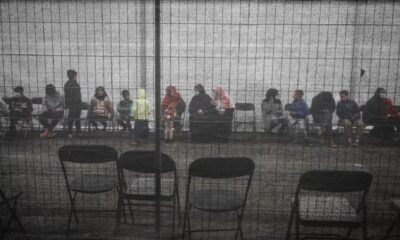
 Latest News3 days ago
Latest News3 days agoNew Trump travel ban could bar Afghans, Pakistanis soon – Reuters
-
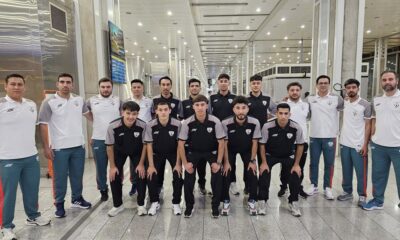
 Sport3 days ago
Sport3 days agoAfghanistan’s futsal team to face Greenland in Brazil tournament
-
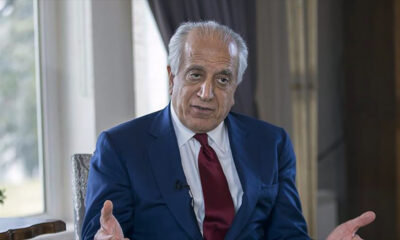
 Latest News5 days ago
Latest News5 days agoDiplomacy a better option for Kabul and Islamabad: Khalilzad
-
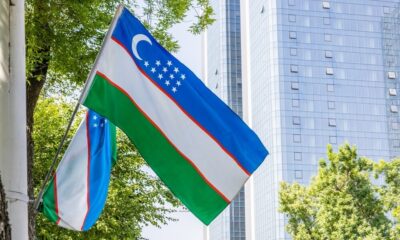
 Business3 days ago
Business3 days agoUzbekistan set to open permanent trade center in northern Afghanistan




